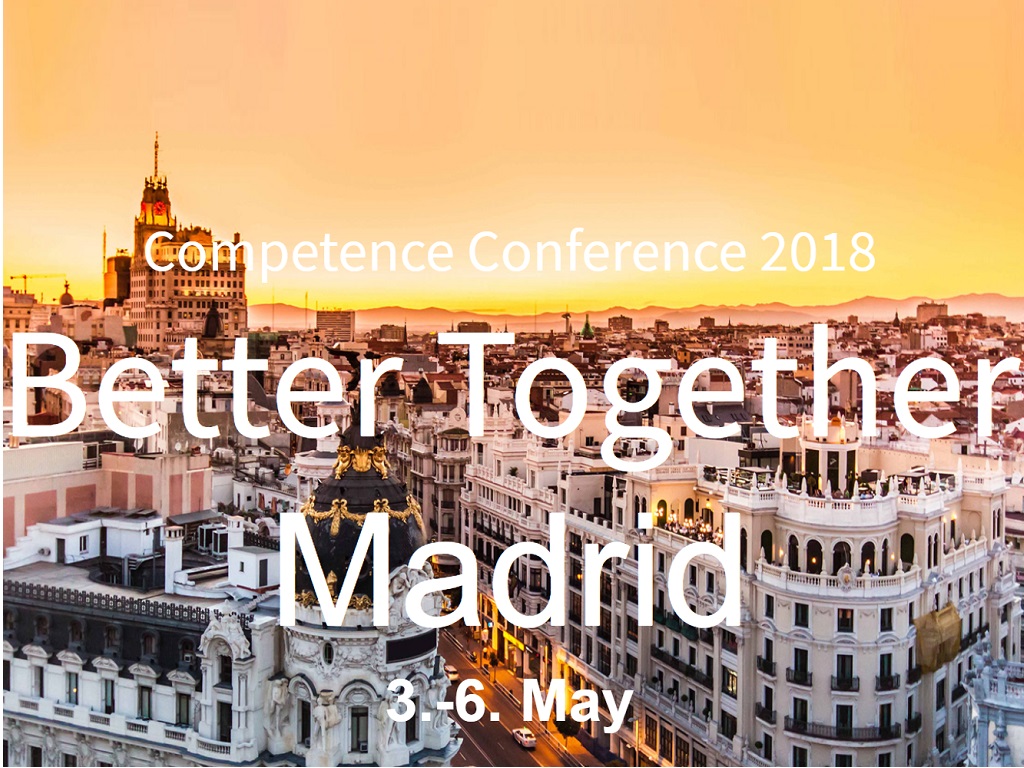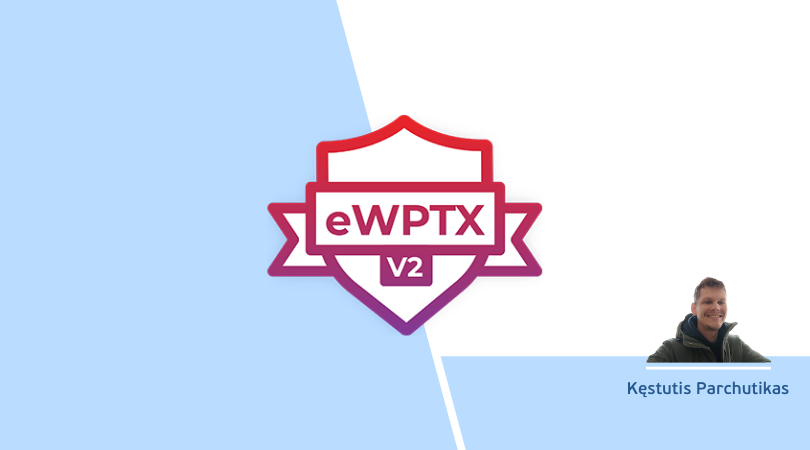Wow, that’s really cool, but it costs a lot of money? How can this be justified?
It seems difficult to provide a short answer to these questions.
First a few facts
Fewer than 12% of the Fortune 500 companies included in 1955 were still on the list 62 years later in 2017. 88% of the companies have either gone bankrupt, merged with (or were acquired by) another firm, or they still exist but have fallen from the top Fortune 500 companies. Technology disrupts businesses and markets, and (almost) all information is available to anyone at any time. Change is no longer an exemption but a constant in most businesses, progressing more rapidly each day. There is no questioning that survival and growth in today’s business environment, provide other challenges and solutions than those faced in 1955.
Almost anything can be copied or outsmarted. There is one factor, however, that remains constant and is growing more important than ever in terms of competitive strength; culture.
In 2014, the Merriam-Webster dictionary announced “culture” as the word of the year. In 2015 and 2016, we witnessed a powerful shift of focus from business strategy to organizational culture with the latter heavily endorsed by the likes of giants such as Google, Apple and Facebook (Leaderonomics 2016). In 2013, Gallup revealed research that proved an increase in business outcomes by 240% when organizations deepened its culture- and engagement efforts.
“Toxic culture kills more businesses than recessions” says Steven L Blue, CEO and president of Miller Ingenuity. “If you’re not intentional about your culture from the very start, it can quickly become a major liability instead of an asset, like what happened to Amazon in 2016 or Uber more recently,” says Greg Besner, former Goldman Sachs/Zappos. Further, he states, “culture can’t be delegated to the HR department, it has to be a top down, bottom up, across-the-board, no exceptions, everyone’s involved initiative.”
Culture exists in any organization
Culture will establish coincidentally (good or bad) unless four factors are considered;
- An established vision and purpose. These questions need to be answered; Why are we here? What do we strive to achieve? Moreover, do we have values that stimulate behavior that is critical for success? Values can only be words on a piece of paper unless people know them, identify with them and demonstrate them in behavior. Only then, can values have an impact on- and establish a desired culture.
- Choose the right managers. Behaviors of managers have a huge impact on the behavior of all other employees. Victory can be achieved if managers listen attentively, speak for clarity and act in unity. As Blue says, “If your top managers ignore the values, then the rest of the organization will”.
- Hire the right people. Choose those who prove during the hiring process that they will in fact contribute positively to demonstrating the values and strengthening the culture. This provides a solid foundation; if you do the opposite, it can damage the culture severely.
- Define and arrange arenas to share purpose, celebrate success, and establish/strengthen relations. As described above, everyone is responsible and has ownership to culture. For it to grow and prosper, people must come together. Interaction, cooperation and sense of unity are important aspects of any culture, and needs to be facilitated.
Investing in culture can have huge impact on financial results.
Research has time after time proven that a strong culture contributes to attracting talents, keeping talents, improving cooperation and synergies, creating joy of work, motivation and engagement, reducing turnover and sick leave and improving decision making processes. Increased engagement with employees correlates strongly with increased customer engagement, which leads to improved cooperation and sales, and reduced churn.
So, to my answer;
Visma is one of the most innovative and successful IT companies in the Nordic region. Visma Custom Solutions provide a substantial contribution to the digitalization of the Nordics. We combine the highest professional standards with an unwavering customer value. We make custom software in close cooperation with our customers, and could only create value and results because of the dedication and engagement of our employees in Lithuania, Norway, Denmark, Sweden and Finland.
There are great advantages in creating a strong, united culture in each country. There are also great advantages in creating the same within our areas of expertise, including developers, managers, usability professionals, testers, analysts, architects, project managers and administrative personnel. However, there is an even greater advantage in bringing us all together as one.
We are arranging a magnificent professional and social conference to reward and celebrate our most valuable asset; our employees. In addition, to invest in a major competitive advantage; culture. This Competence Conference will strengthen our sense of purpose, boost the professionalism, knowledge and team spirit of our people, strengthen the identity of our division and makes us better together.
Competence Conference 2018 is organized as a professional IT conference, and has an equal amount of inspirational and social purposes. It will occur on the 3rd to 6th of May 2018 in the Marriott Madrid Auditorium Hotel and Conference center in Madrid.




